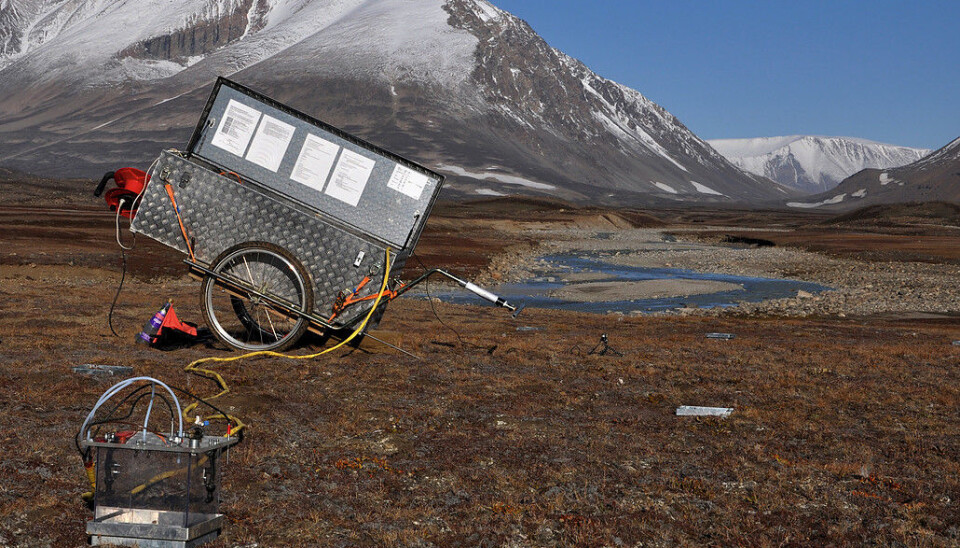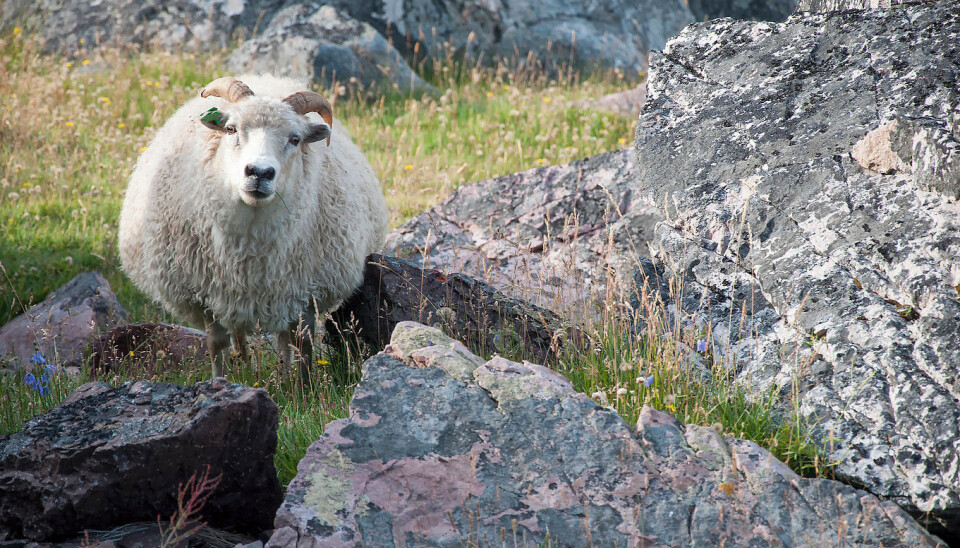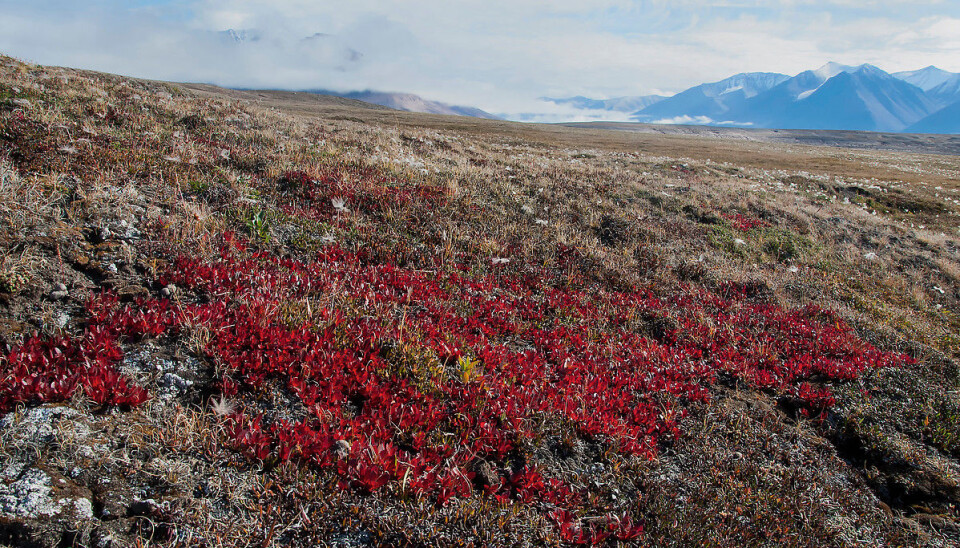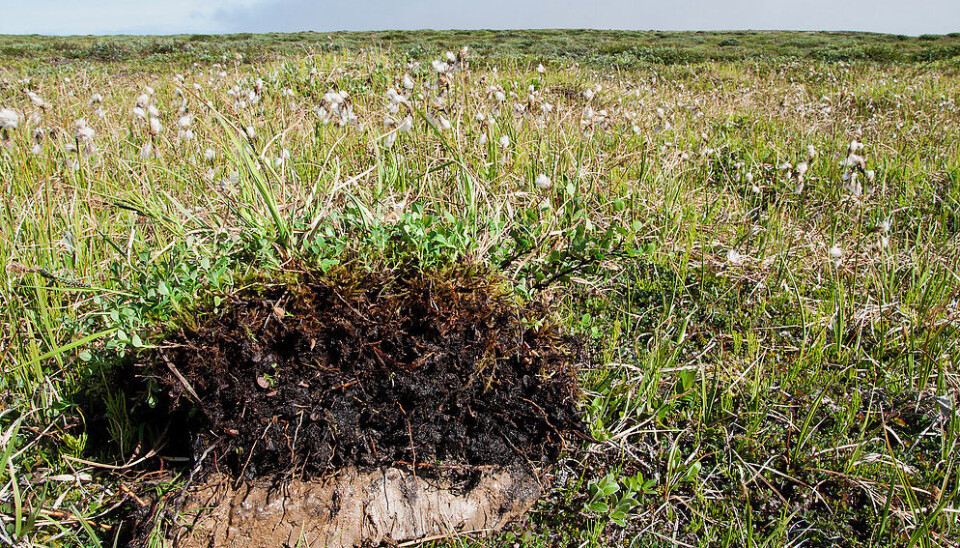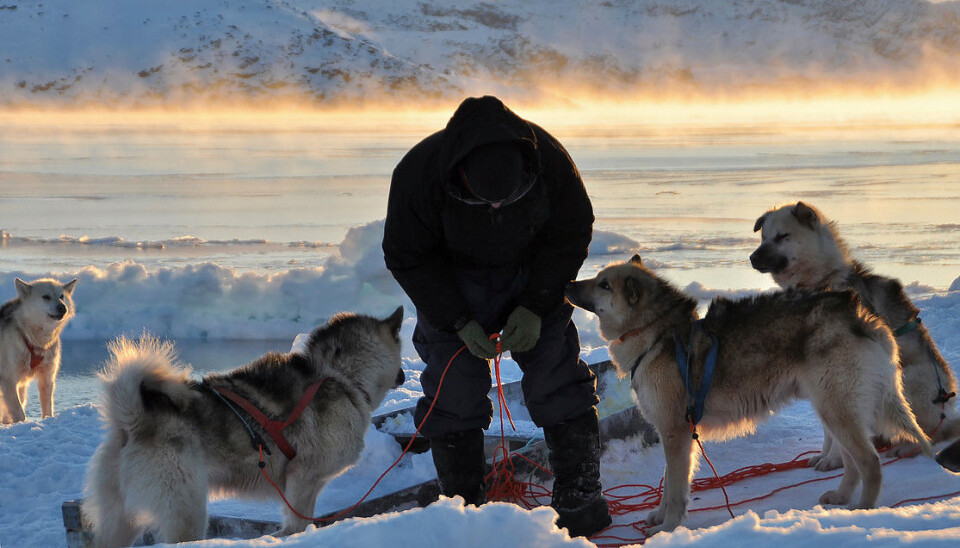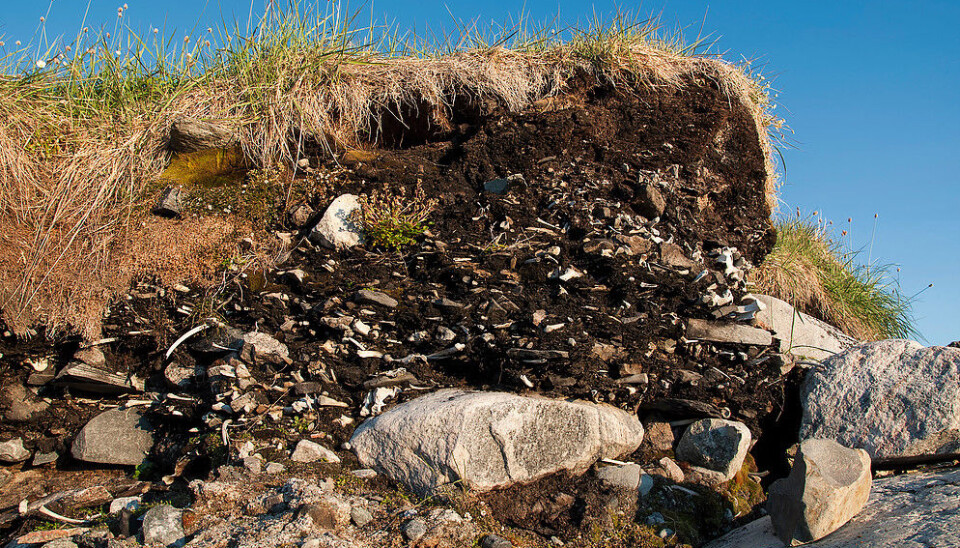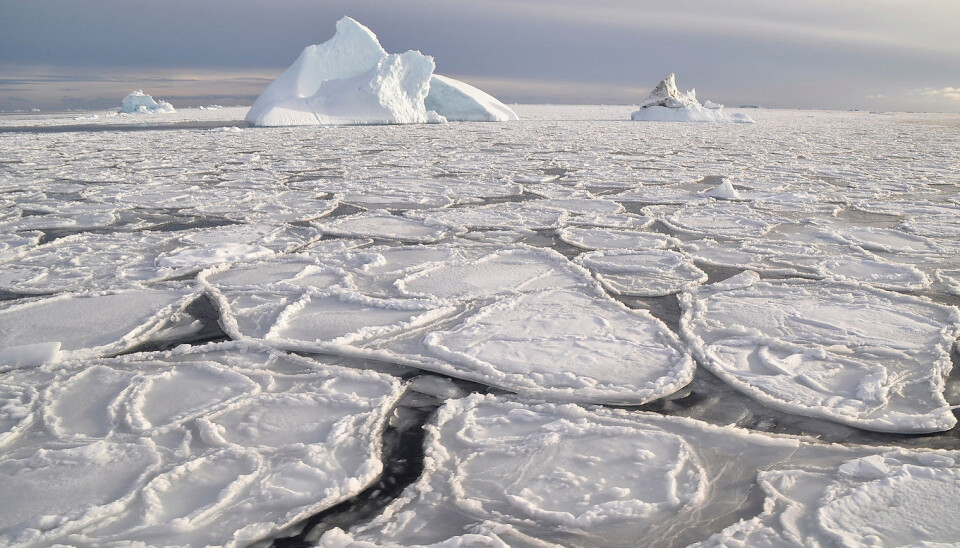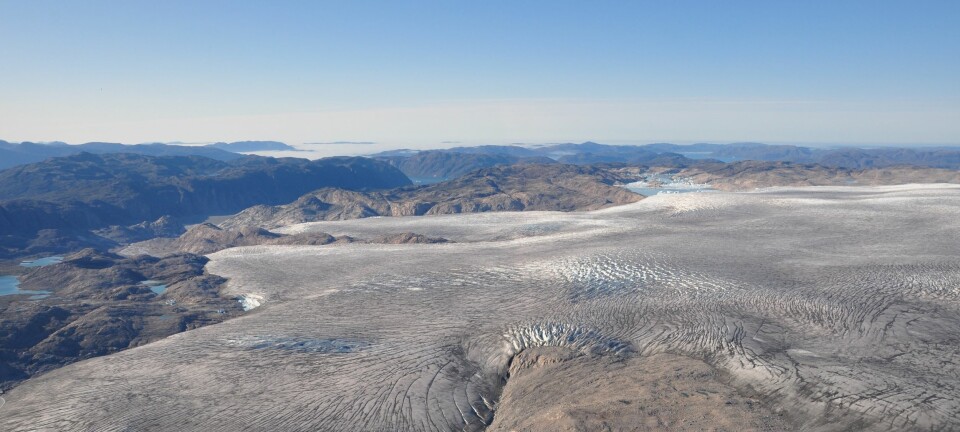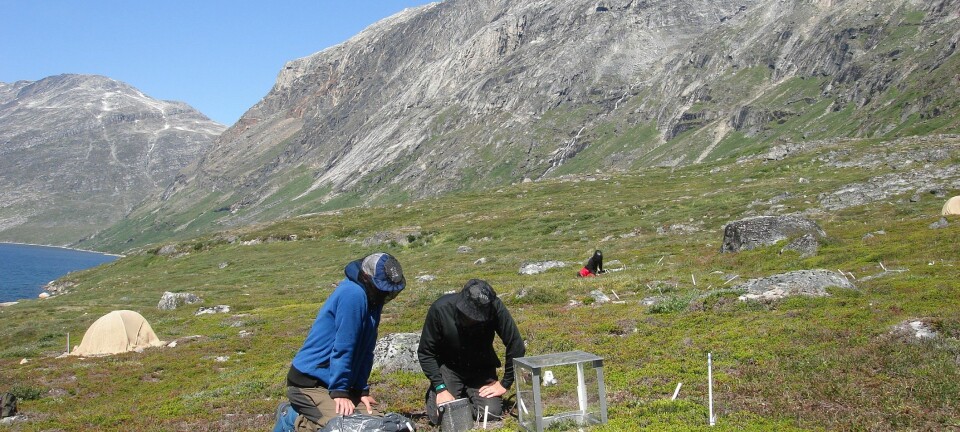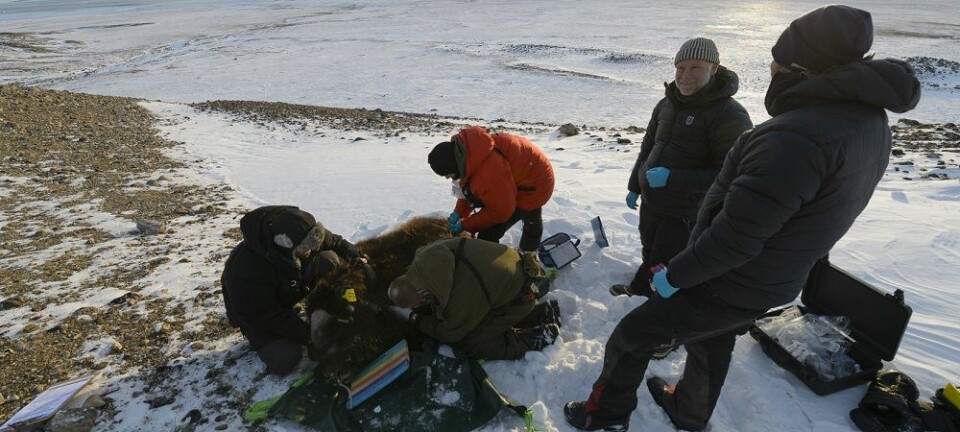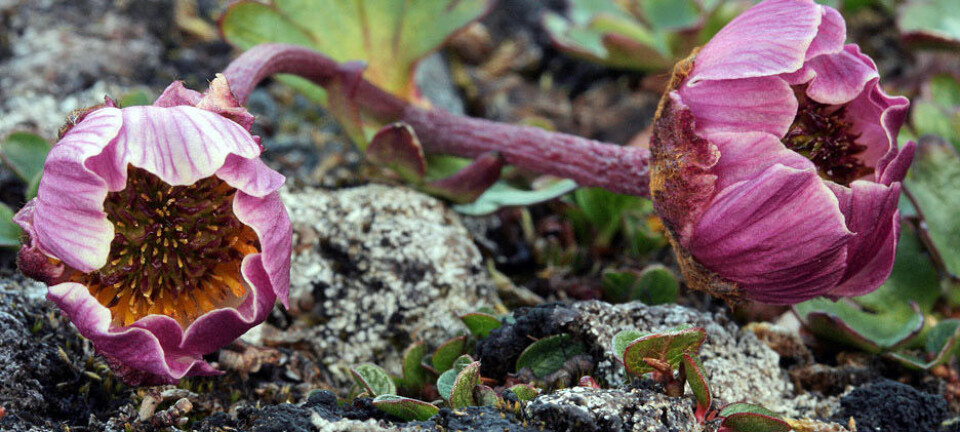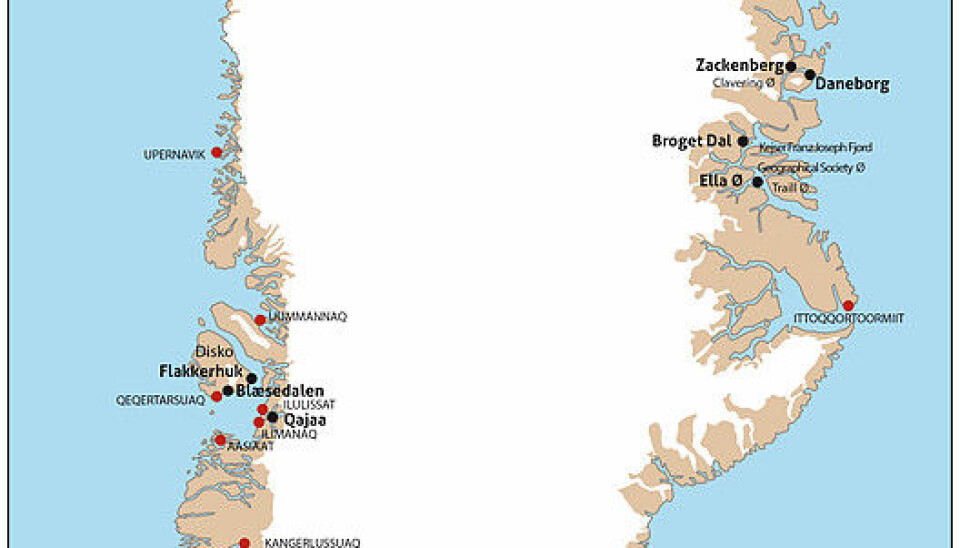
New Book: Ice-free Greenland in photos and science
GREENLAND: Dramatic mountains, lush valleys, desert plains, deep fjords and more, are brought to life in a vivid new book: The Ice-Free Greenland.
The grandeur of Greenland’s landscape may at first seem static: an island nation, dominated by the world’s second largest ice sheet that gives way to dramatic mountains containing some of the oldest rocks on earth.
But for Bo Elberling, professor of environmental geochemistry at the Center for Permafrost, University of Copenhagen, Denmark, the ice-free margins of this vast island reveal a landscape in continual change.
It is this side of Greenland that Elberling captures in his new book “The Ice-Free Greenland--from molecule to landscape”: a glossy, coffee-table book that blends vivid landscape photography with environmental science to show a little-seen side of this part of the Arctic.
“Greenland is such an amazing place with polar bears in the north and sheep farms in the south. There are such amazing contrasts and variability to be seen,” says Elberling.
“I hope that people will be attracted to the book by the pictures, but if I can add a bit of information to this--meaning research results in a general context--and if people can learn something from it, then I’m very happy,” says Elberling.
See some example photos from the book in the gallery above.
A landscape in motion: fjords, islands, and permafrost
Elberling first visited Greenland 25 years ago, and has returned almost every year since to document the many natural processes and the rapid changes happening throughout the ice-free margins.
This includes fjords, rivers, islands dotted around the coast, and vast areas of permafrost--soil or sediments, which have been frozen for at least two years in a row.
“Arctic ecosystems are experiencing rapid changes, probably faster than anywhere else on Earth. On a global scale, we’re talking about climate change that may or may not approach two degrees centigrade of warming, but it’s already happened in the Arctic. So the book is a balance between the global and local processes that drive environmental change in Greenland,” says Elberling.
Elberling guides the reader through these processes, starting with a look at the last 100 years of climatic changes around Greenland with an emphasis on the dramatic seasonal changes as documented by scientists and explained by the local Inuit.
Five years of research in photos
The rest of the book looks at the many processes that continue to shape the landscape and moderate the climate as revealed by the most recent five years of research from Elberling and his colleagues at the Center for Permafrost.
Thawing permafrost is at the heart of these changes, with the power to move roads and bring down trees and buildings, and expose archaeological sites to decay.
Meanwhile plants are colonising new areas, growing seasons are extended, and plant root networks are expanding, with the power to alter the global carbon cycle when these processes are considered throughout the entire Arctic region of the northern hemisphere.
So-called ecosystem feedbacks are presented throughout. For example, increased plant growth in a warmer climate will take more carbon dioxide from the atmosphere and thereby reduce atmospheric CO2. But this is contrasted by the thawing of permafrost. As the ground thaws, the organic matter it contains, decomposes, and releases CO2 back into the atmosphere.
“There is a big question as to whether the Arctic is, or will be a sink or a source of carbon to the atmosphere. But it’s not simple. There’s lots of feedbacks and it’s very complex. The book looks at many of these interactions and tries to show how fast these changes are happening,” says Elberling.
The book is published today and is dual-language, written in both Danish and English.
Read more and download photos from the book free at The Ice-Free Greenland homepage.
